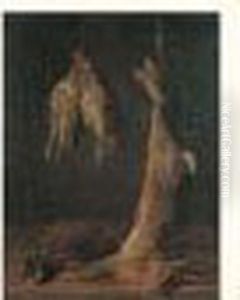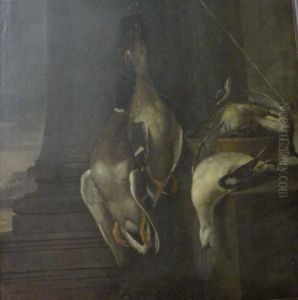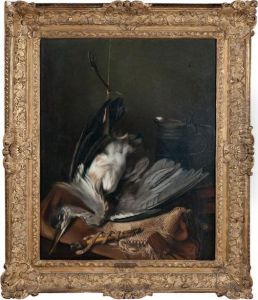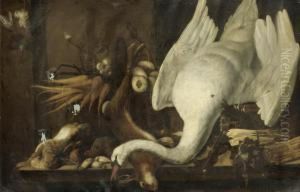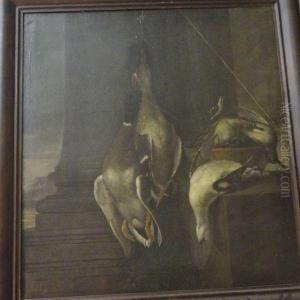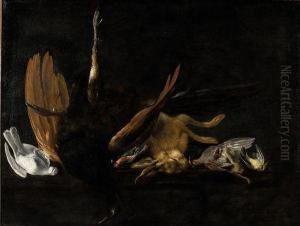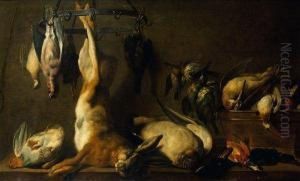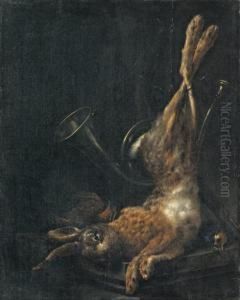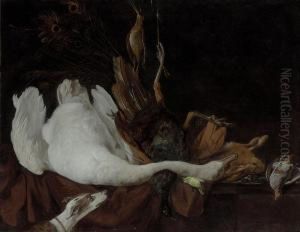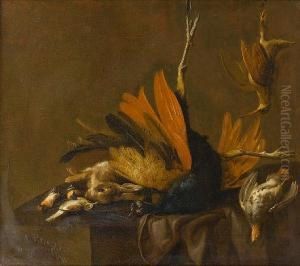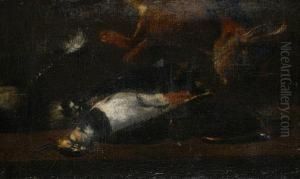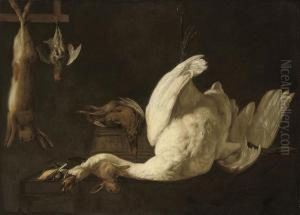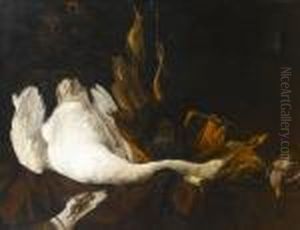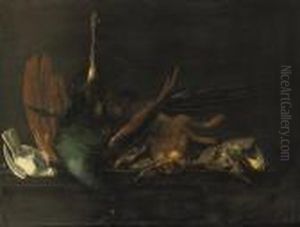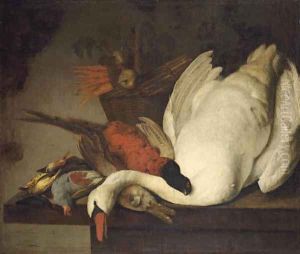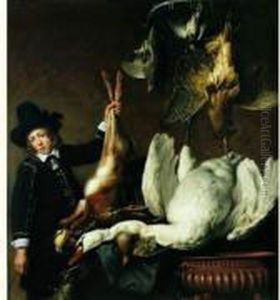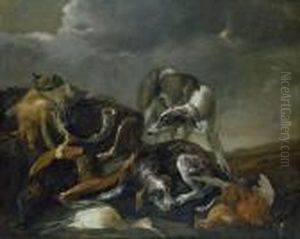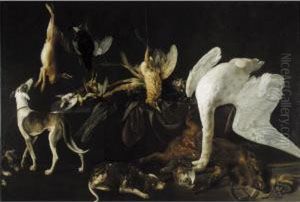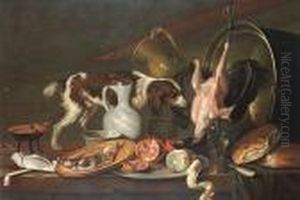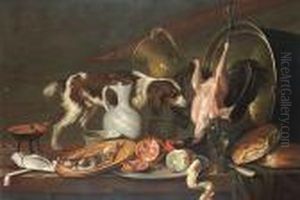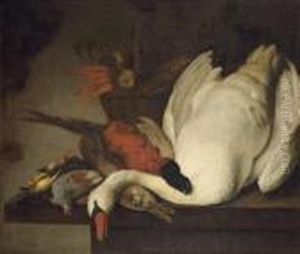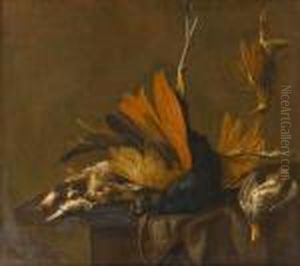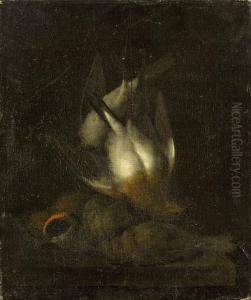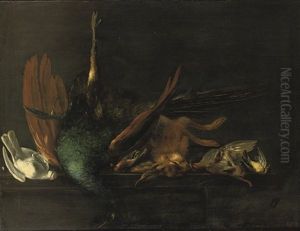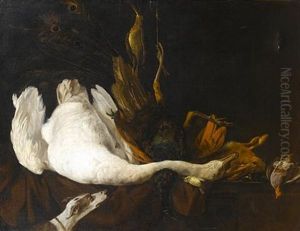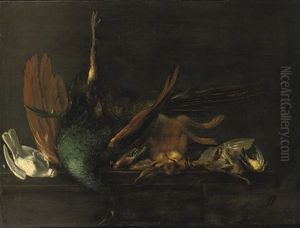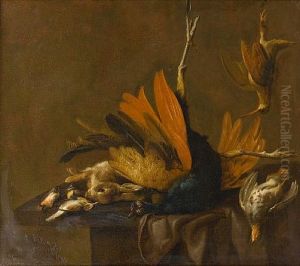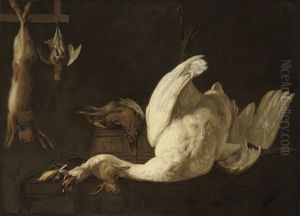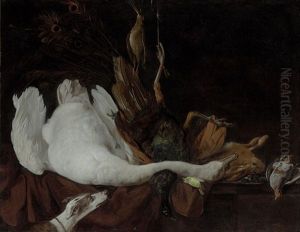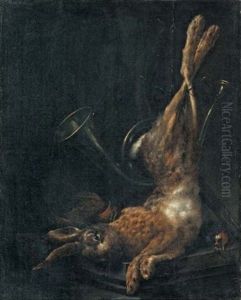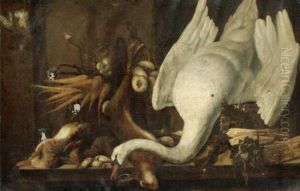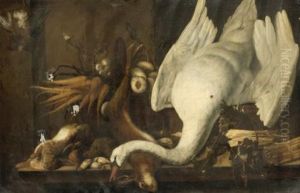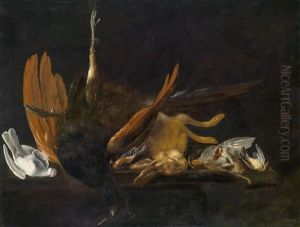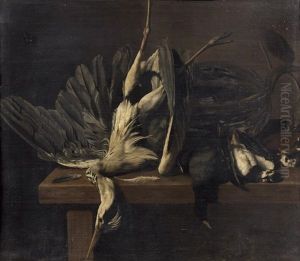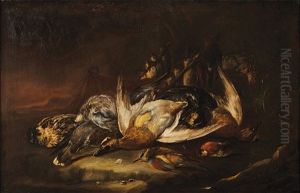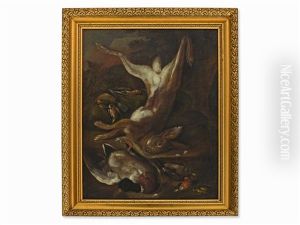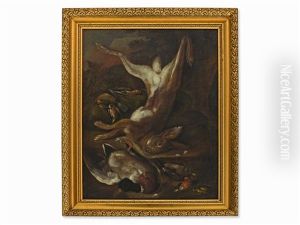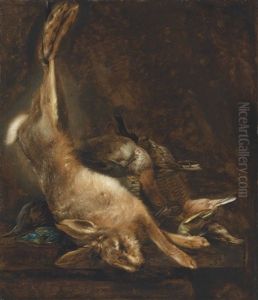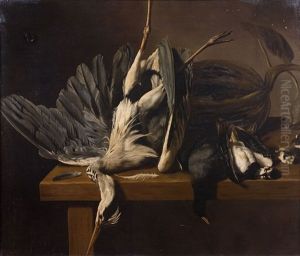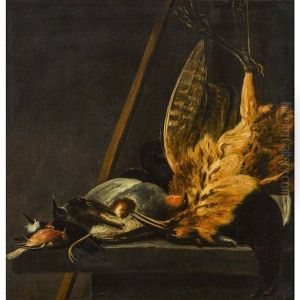Elias Vonck Paintings
Elias Vonck, also known as Elias Vingboons, was a Dutch Golden Age painter, primarily recognized for his landscapes and animal paintings. Born in 1605 in the Netherlands, Vonck was part of a period in Dutch art known for its great attention to detail, its celebration of commerce, and its interest in the natural world. His works often reflect the Dutch fascination with the countryside and its livestock, showing a keen observation of rural life.
Vonck’s early life is not well-documented, and there is little information about his artistic training. However, it is known that he was active in Amsterdam, which was a thriving center for artists during the 17th century. He was contemporaneous with other Dutch masters such as Rembrandt and Vermeer, although he did not achieve the same level of fame during his lifetime.
His paintings often depicted serene landscapes with cattle and sheep, executed with a naturalistic style. Vonck's attention to the effects of light and his ability to capture the textures of fur and foliage made his works distinctive. Some of his art also included hunting scenes and still lifes, which were popular genres in the Dutch Golden Age.
Despite his talents, Elias Vonck's work was largely forgotten after his death in 1652, until it was rediscovered in the 19th and 20th centuries. Art historians have since reassessed his contributions to Dutch art, and his paintings are now appreciated for their contribution to the naturalistic and pastoral themes of the period. Vonck's art can be found in various museums, and his work continues to be studied for its depiction of the Dutch landscape and rural life during the Golden Age.
